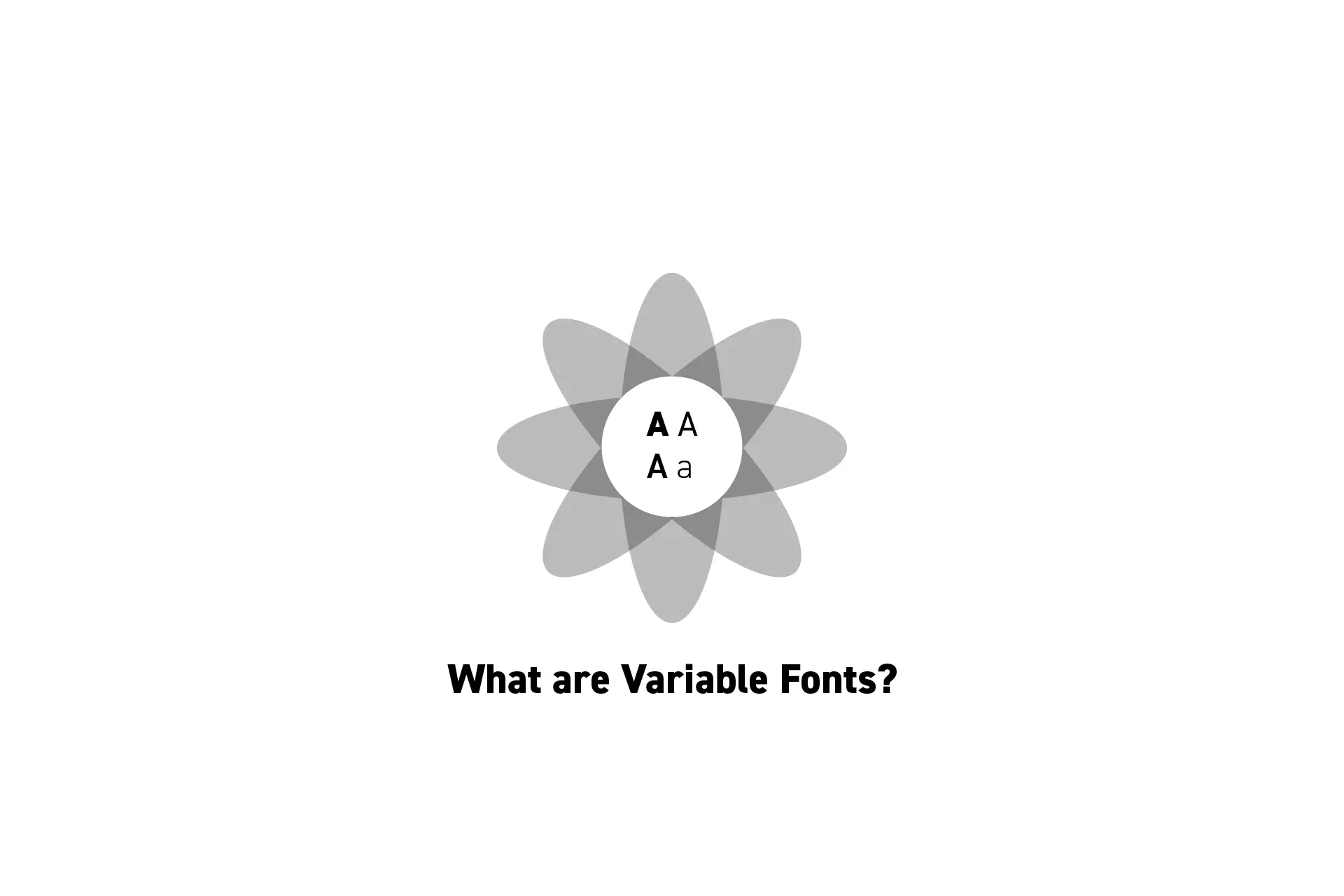What are Variable Fonts?
Variable fonts are typefaces reduced to a single file. They allow you to create animated, variable type through parameters such as weight or grade, instead of specific font files.

Variable fonts are typefaces reduced to a single file. They allow you to create animated, variable type through parameters such as weight or grade, instead of specific font files.
SubscribeWeb Dev introduced Variable Fonts to the world in February 2018, and are a font specification that can significantly reduce font file sizes. As of May 2020 variable fonts are supported in most browsers.
Variable Fonts are beneficial for projects that uses a wide variety of fonts, which can lead to heavy file sizes and long load times.
Another innovative benefit is that variable fonts allow for type animations, as shown by Shantell Martin's Shantell Sans.
"The terms font and typeface are often used interchangeably by developers. However there is a difference: A typeface is the underlying visual design that can exist in many different typesetting technologies, and a font is one of these implementations, in a digital file format. In other words, a typeface is what you see, and the font is what you use.
Another concept that is often overlooked is the distinction between a style, and a family. A style is a single and specific typeface, such as Bold Italic, and a family is the complete set of styles.
Before variable fonts, each style was implemented as a separate font file. With variable fonts, all styles can be contained in a single file."
- Web Dev
Looking to use Variable Fonts in Figma ?
To learn how to use Variable Fonts in Figma, consult the guide below.